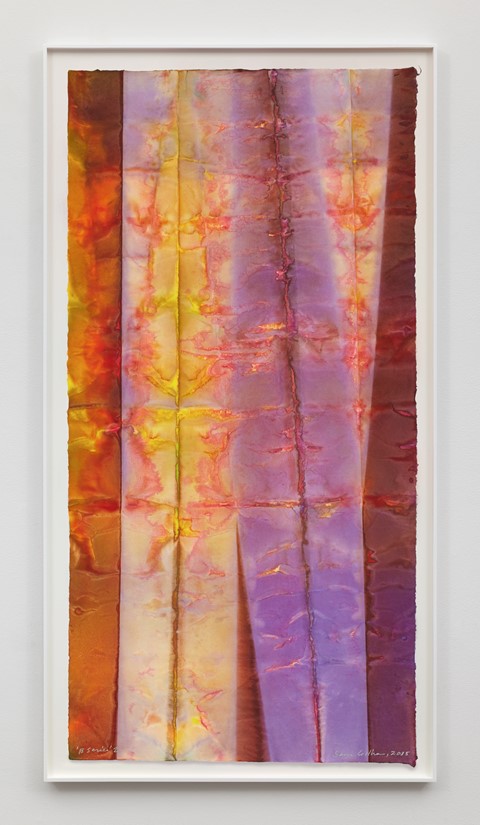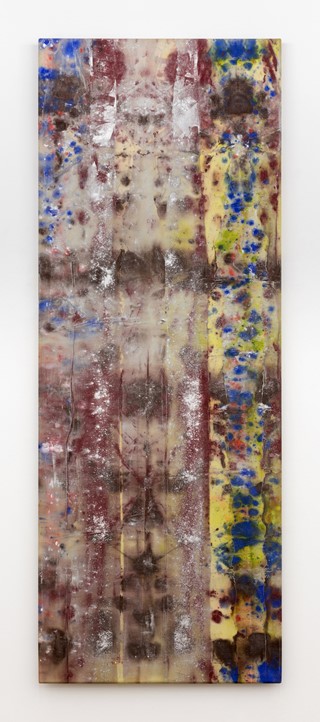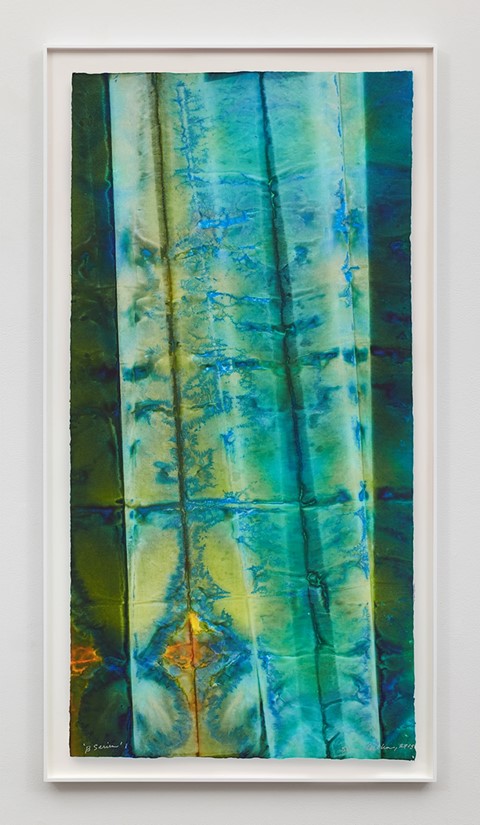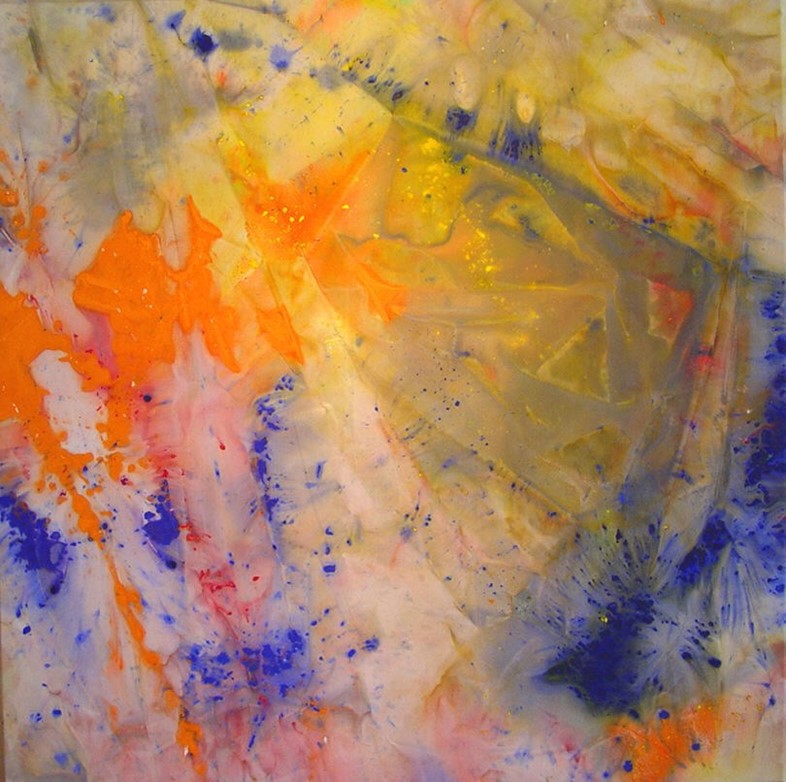AnOther explores the expressive, jazz-fuelled works of the American colour field artist
Looking at the fluidly constructed, vividly coloured works of contemporary artist Sam Gilliam, it's hard to assimilate why his name is not as familiar as it should be. As one of the first artists to explore the practise of painting beyond the field of the canvas, he could—and indeed should—have garnered the same acclaim as his pioneering contemporaries, such as Jackson Pollock and Robert Rauschenberg.
Gilliam attended the University of Louisville, where he completed undergraduate and postgraduate degrees in Fine Arts, and had his first ever solo exhibition in 1955 at his alma mater. He received inital kudos in the 60s, as a member of the Washington Color School, a hybrid form of abstract art and colour field painting that developed during the 50s and 60s. At the time, he painted figuratively and it was only after his friend and fellow artist Thomas Downing asked Gilliam, “Why not paint real paintings?” that he began to look towards abstraction, colours and the influence of jazz music, and in turn, became the first the first Black artist to represent the American Pavilion at the Venice Biennale.

Reacting against painting...
In works like ‘Snakebite’ (1968) Gilliam used chamfered stretchers, which gives the appearance of the painting being detached from the gallery wall. Then he was starting to think of paintings as more than two dimensional works of art, which led to him removing stretchers from his works altogether and he began to develop his practise by suspending large painted canvases directly from the ceiling or wall. He wrote “when I did the drape paintings, I wasn't making sculpture, I was reacting against painting.”

The importance of colour...
Gilliam is renowned for his draped, paint drenched canvases, where pigment is set free from the confines of the stretcher. He speaks fervently of his passion for rich shades of purple and blue because they contain more resonance, both visually and conceptually, than other colours—“purple has a depth. It’s a romantic colour. It’s royal.” Gilliam was additionally associated with the Washington Color School, a painterly movement that explored the artistic potential of colour and abstraction through large, solid areas of the medium. He wrote “The Washington Color School gave me a chance to fit into a future, rather than fit into what was domestic.”

Before painting, there was jazz...
Gilliam once wrote “I’d always been afraid of art. But that fear is a goal, in a way. It makes you hesitate, and then you delay your start, and then you have a breakthrough.” This breakthrough came by looking at other abstract painters, like works by Morris Louis and Kenneth Noland, but also by listening to jazz music. “Before painting, there was jazz” said Gilliam, and he was influenced by the musical compositions of John Coltrane who “worked the whole sheet; he didn’t bother to stop at bars and notes and clefs,” —an artistic approach that Gilliam sought to emulate in his paintings.
Sam Gilliam is at The Arts Club, 16 September – January 2016. Wed & Sat, 10am-12pm, by appointment only.
